Welcome to a revealing exploration of the often-overlooked dangers of suction grab bars. While these seemingly convenient bathroom accessories are marketed as easy-to-install and versatile aids for those with mobility issues, there is a hidden side that demands our attention. In this eye-opening article, we will delve into the potential risks associated with suction grab bars, shedding light on the dangers that lurk beneath their seemingly harmless facade. From unreliable adhesion and sudden detachment to inadequate weight-bearing capacity, there are several crucial factors that make these grab bars a potential hazard rather than a reliable support. Prepare to have your preconceived notions challenged as we uncover the truth about suction grab bars and equip you with the knowledge you need to make informed decisions when it comes to bathroom safety. Grab a seat (not a suction grab bar!) and let's dive in!

Common misconceptions about suction grab bars
Suction grab bars have gained popularity due to their ease of installation and the perception of being a cost-effective alternative to traditional grab bars. However, it is important to address some common misconceptions associated with these products.
Firstly, many people believe that suction grab bars provide the same level of stability as those that are permanently mounted. This assumption is flawed, as suction grab bars rely solely on the strength of the suction cups to stay in place. Unfortunately, their adhesion can be unreliable, especially on certain surfaces such as tiles, fiberglass, or uneven textures. This lack of stability can lead to accidents and injuries, particularly for individuals who heavily rely on the grab bars for support.
Secondly, people often assume that suction grab bars can support significant weight. However, the weight-bearing capacity of these grab bars is limited and can vary depending on the manufacturer and model. It is crucial to consider the weight of the individual using the grab bar and ensure that it can adequately support their needs. Failure to do so can result in the grab bar detaching from the surface and causing accidents.
Lastly, some individuals believe that suction grab bars are a temporary solution that can be easily removed when not in use. While it is true that suction grab bars can be removed without leaving marks or damaging the surface, this convenience can also be a detriment. The ease of removal may lead to individuals forgetting to reinstall the grab bar after cleaning or accidentally knocking it off while in use, increasing the risk of falls and injuries.
The potential dangers of using suction grab bars
Now that we have addressed the misconceptions, it is crucial to understand the potential dangers associated with using suction grab bars. One of the main risks is the sudden detachment of the grab bar during use. As mentioned earlier, the adhesive strength of suction cups can be unreliable, especially over time or in environments with high humidity. This sudden detachment can catch users off guard, causing them to lose balance and potentially fall.
Another danger lies in the false sense of security that suction grab bars can provide. Users may unknowingly put excessive weight or force on the grab bar, assuming it will provide the necessary support. However, when the grab bar fails to withstand the pressure, it can lead to accidents and injuries. Individuals with limited mobility may be particularly vulnerable to these dangers, as they rely heavily on the grab bars for stability.
Additionally, improper installation or inadequate surface preparation can compromise the effectiveness of suction grab bars. It is essential to thoroughly clean and dry the surface before attaching the grab bar to ensure optimal adhesion. Failure to do so may result in the grab bar slipping or falling off, endangering the user.
Case studies of accidents related to suction grab bars
To further illustrate the risks associated with suction grab bars, let's examine a few real-life case studies. These incidents serve as a stark reminder of the potential dangers that can arise from using these seemingly convenient bathroom accessories.
Case Study 1: Mrs. Johnson, a 68-year-old woman with arthritis, installed a suction grab bar in her bathtub to assist with getting in and out. One day, as she was using the grab bar to steady herself while stepping over the bathtub edge, it suddenly detached from the wall. Mrs. Johnson lost her balance and fell, fracturing her hip and requiring hospitalization. This incident highlights the importance of considering the reliability and weight-bearing capacity of grab bars, especially for individuals with mobility issues.
Case Study 2: Mr. Thompson, a 45-year-old man recovering from knee surgery, opted for suction grab bars in his bathroom for added support during his rehabilitation. While using the grab bar to lower himself onto the toilet, it unexpectedly gave way, causing Mr. Thompson to fall onto the hard floor. He suffered a concussion and facial injuries, prolonging his recovery and increasing his medical expenses. This case emphasizes the need for caution and thorough evaluation when choosing bathroom safety aids.
These case studies demonstrate the potential consequences of relying on suction grab bars without fully understanding their limitations and potential risks. The incidents serve as a stark reminder that bathroom safety should never be compromised, and alternative options should be considered.
Alternatives to suction grab bars
Given the potential dangers of suction grab bars, it is crucial to explore alternative options that provide greater stability and reliability. Here are a few alternatives to consider:
1. Wall-mounted grab bars: These grab bars are permanently installed into the wall and offer superior stability compared to suction grab bars. They are available in various lengths and styles, allowing for customization based on individual needs.
2. Floor-to-ceiling poles: Ideal for individuals who require support in multiple areas of the bathroom, floor-to-ceiling poles provide stability without the need for installation into the walls. These poles can be adjusted to the desired height and feature secure grips for added safety.
3. Clamp-on grab bars: These grab bars can be clamped onto the side of the bathtub or toilet, providing stability without the need for drilling or permanent installation. They offer a convenient and secure solution for individuals who need temporary support.
4. Transfer benches: Particularly beneficial for individuals with limited mobility, transfer benches provide a safe and stable platform for getting in and out of the bathtub. They feature a sliding seat that allows users to easily maneuver into the bathing area without the need to step over the tub edge.
How to choose a safe and reliable grab bar
When selecting a grab bar, whether it be suction or an alternative option, there are several factors to consider to ensure safety and reliability.
1. Weight-bearing capacity: Determine the weight of the intended user and choose a grab bar with a weight capacity that exceeds their weight. This will ensure it can provide adequate support without the risk of detachment.
2. Material and construction: Look for grab bars made from durable materials such as stainless steel or brass. These materials are known for their strength and resistance to corrosion, ensuring longevity and reliability.
3. Grip design: Opt for grab bars with textured or non-slip grips to enhance stability and prevent slipping, especially in wet environments.
4. Professional recommendations: Consult with a healthcare professional or occupational therapist who specializes in mobility aids. They can provide valuable insights and recommendations based on an individual's specific needs and limitations.
By considering these factors, individuals can make informed decisions when choosing a grab bar that prioritizes safety and reliability.
Installation tips for grab bars
Proper installation is crucial to ensure the effectiveness and safety of grab bars. Follow these tips for a secure installation:
1. Surface preparation: Thoroughly clean and dry the installation area to ensure optimal adhesion or attachment. Remove any dirt, debris, or soap residue that may compromise the grip.
2. Mounting height: Install the grab bar at a height that accommodates the user's needs. Consider the user's height, reach, and any specific requirements for support.
3. Secure mounting: If opting for wall-mounted grab bars, ensure proper mounting into studs or using secure anchors. Follow the manufacturer's instructions for installation and weight-bearing capacity.
4. Professional installation: For individuals with limited experience or physical limitations, it is advisable to seek professional assistance for grab bar installation. This will ensure proper placement and minimize the risk of errors or inadequate attachment.
Maintenance and care for grab bars
To maintain the longevity and effectiveness of grab bars, regular maintenance and care are essential. Here are some tips to keep in mind:
1. Regular cleaning: Clean the grab bars regularly using mild soap and water. Avoid using abrasive cleaners that may damage the surface or compromise the grip.
2. Inspection: Periodically inspect the grab bars for any signs of wear, loose screws, or detachment. Replace any damaged or worn-out grab bars immediately to prevent accidents.
3. Secure attachment: If using suction grab bars, regularly check the adhesion strength and reattach if necessary. Follow the manufacturer's guidelines for maintenance and ensure proper attachment before each use.
4. Avoid excessive weight or force: Remind users to avoid putting excessive weight or force on the grab bars. Educate them on proper usage and the limitations of the grab bars to prevent accidents.
The importance of professional installation
While some grab bars may seem easy to install, it is important to emphasize the significance of professional installation. Professional installers have the knowledge and experience to ensure proper placement, secure mounting, and adherence to safety guidelines. They can also provide valuable advice on the most suitable grab bars based on individual needs and bathroom configurations. Investing in professional installation not only enhances safety but also provides peace of mind for individuals and their loved ones.
Conclusion and final thoughts
Suction grab bars may appear convenient and cost-effective, but their hidden dangers should not be ignored. The potential risks associated with unreliable adhesion, sudden detachment, and inadequate weight-bearing capacity make them a potential hazard rather than a reliable support. Understanding these risks and exploring alternative options can help individuals make informed decisions when it comes to bathroom safety. By choosing safe and reliable grab bars, following proper installation and maintenance practices, and considering professional assistance, individuals can enhance their safety and wellbeing in the bathroom. Remember, your safety should never be compromised, especially in a space as essential as the bathroom.




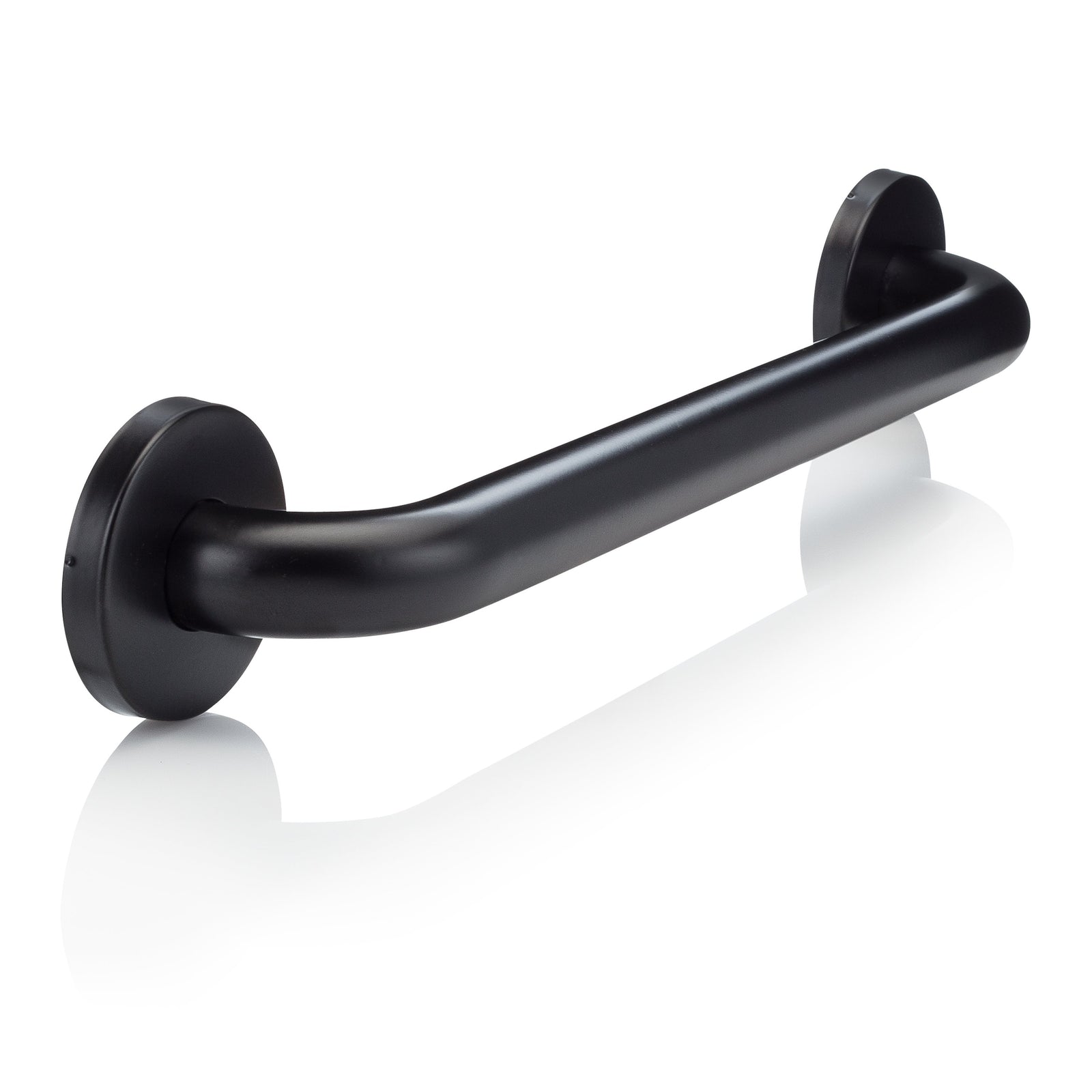
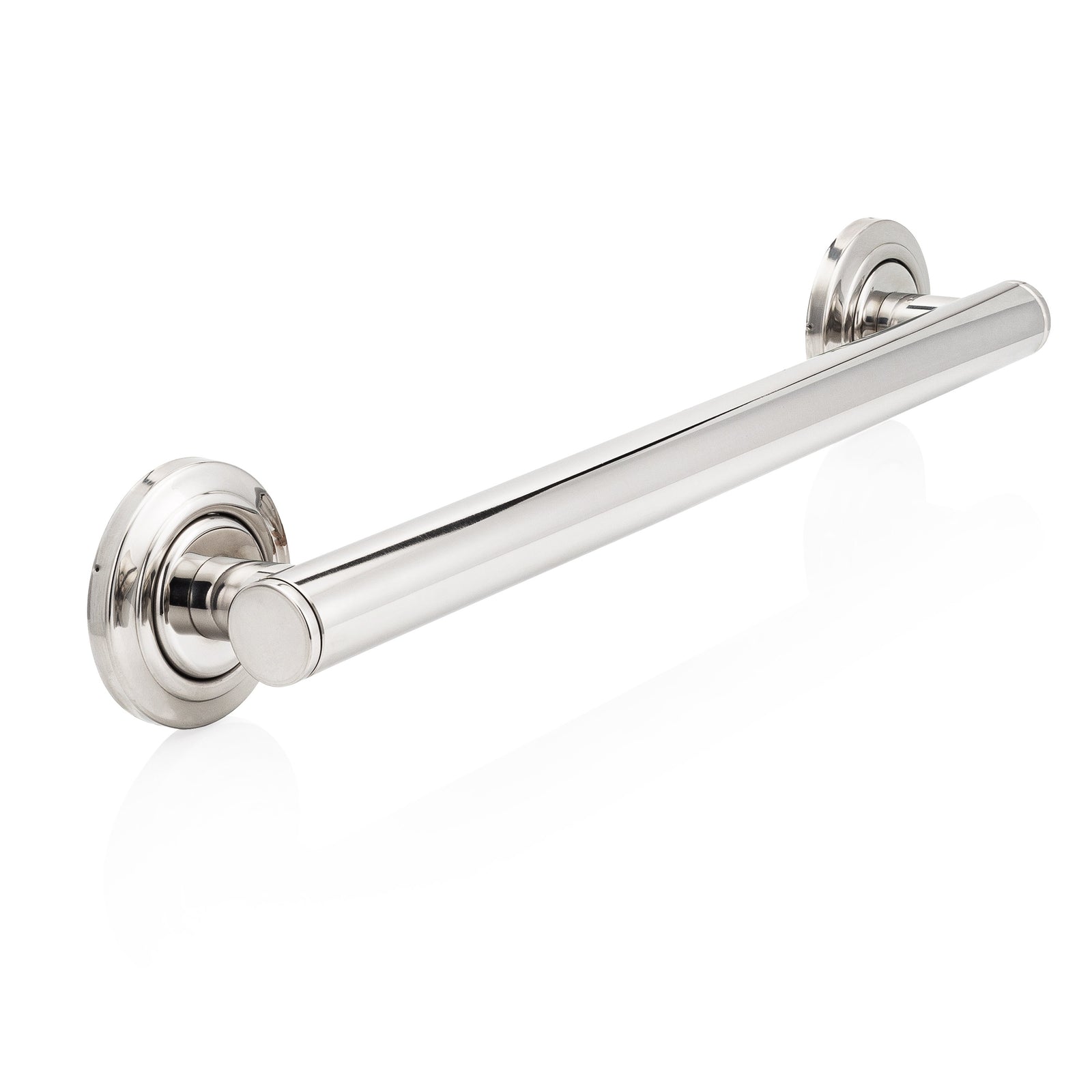


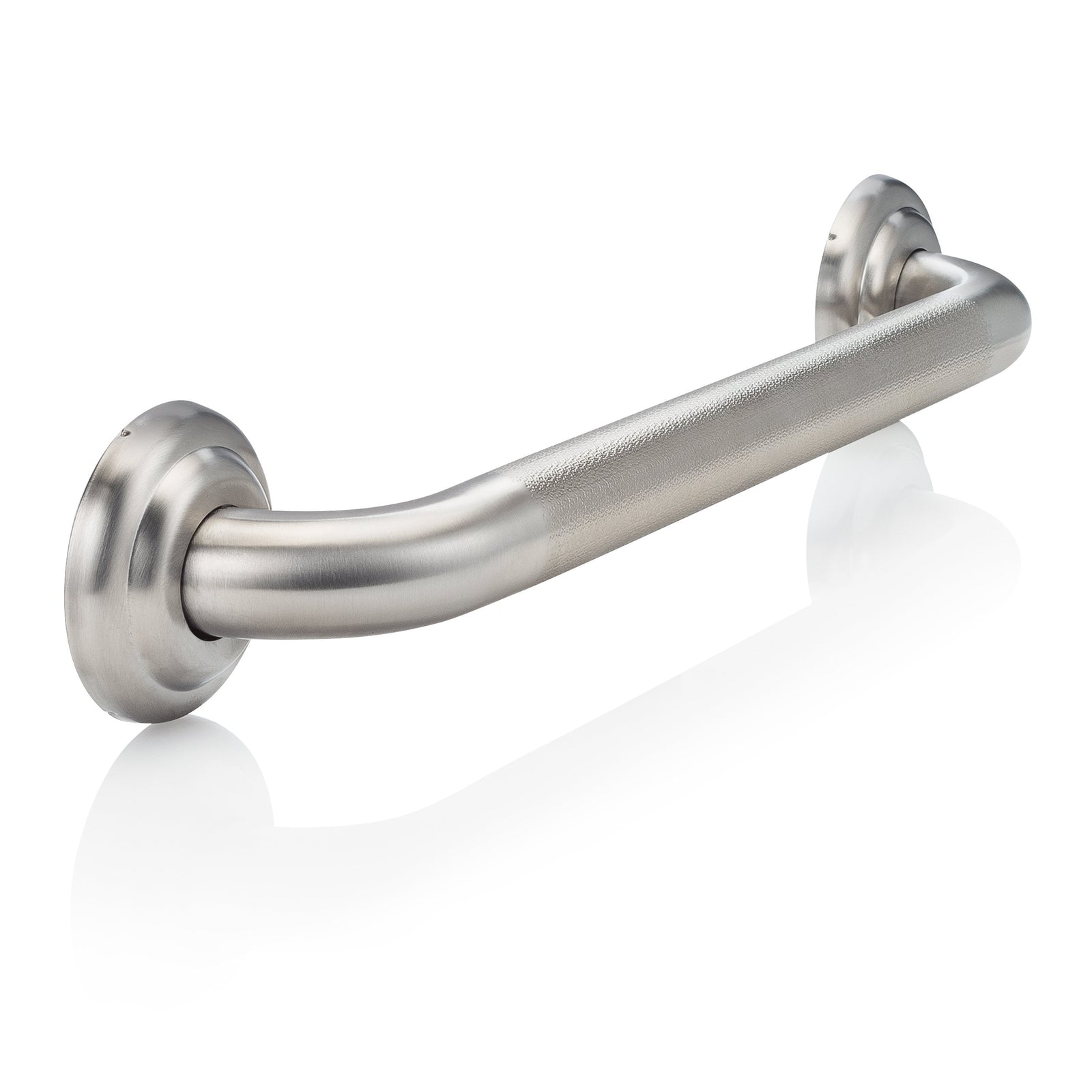
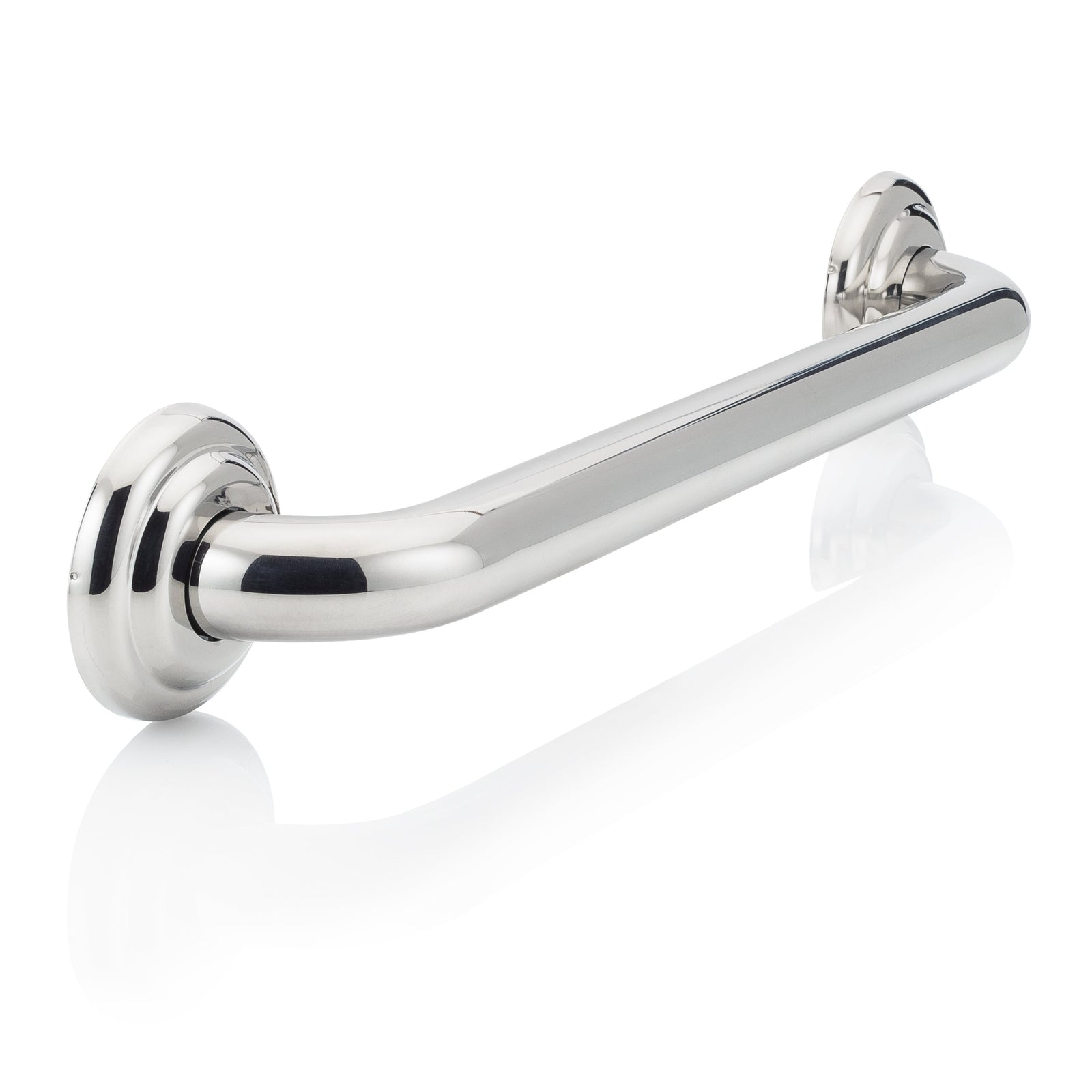
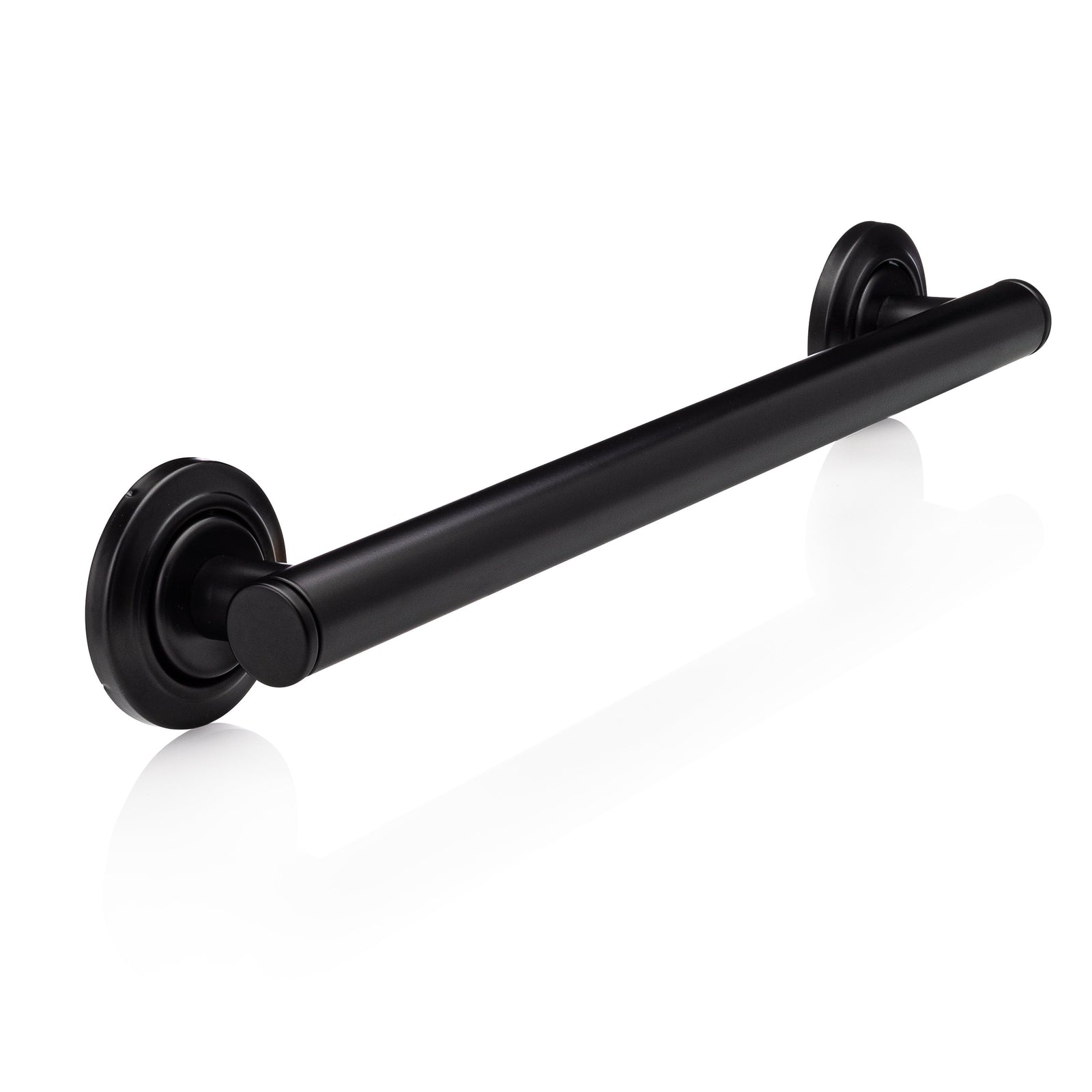
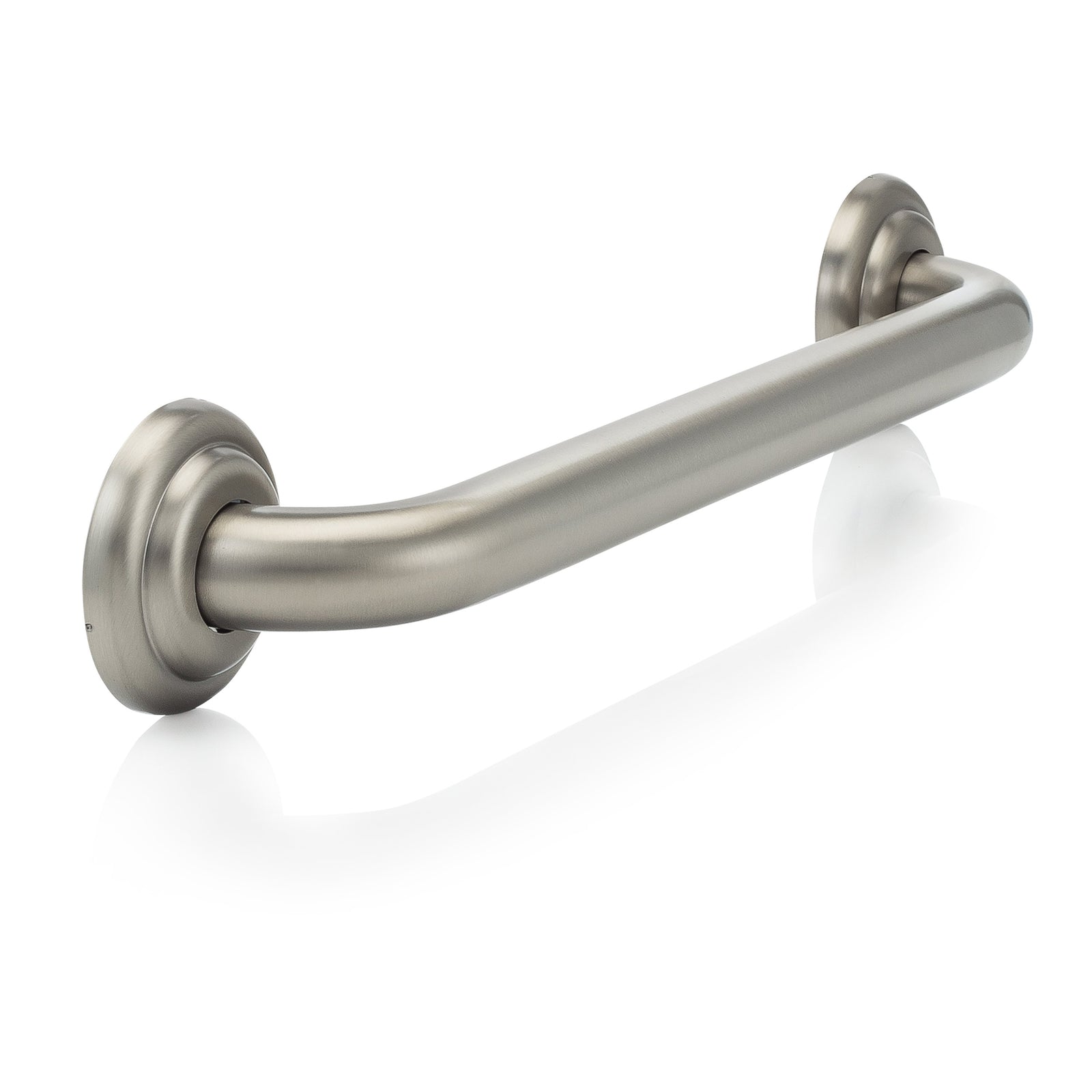
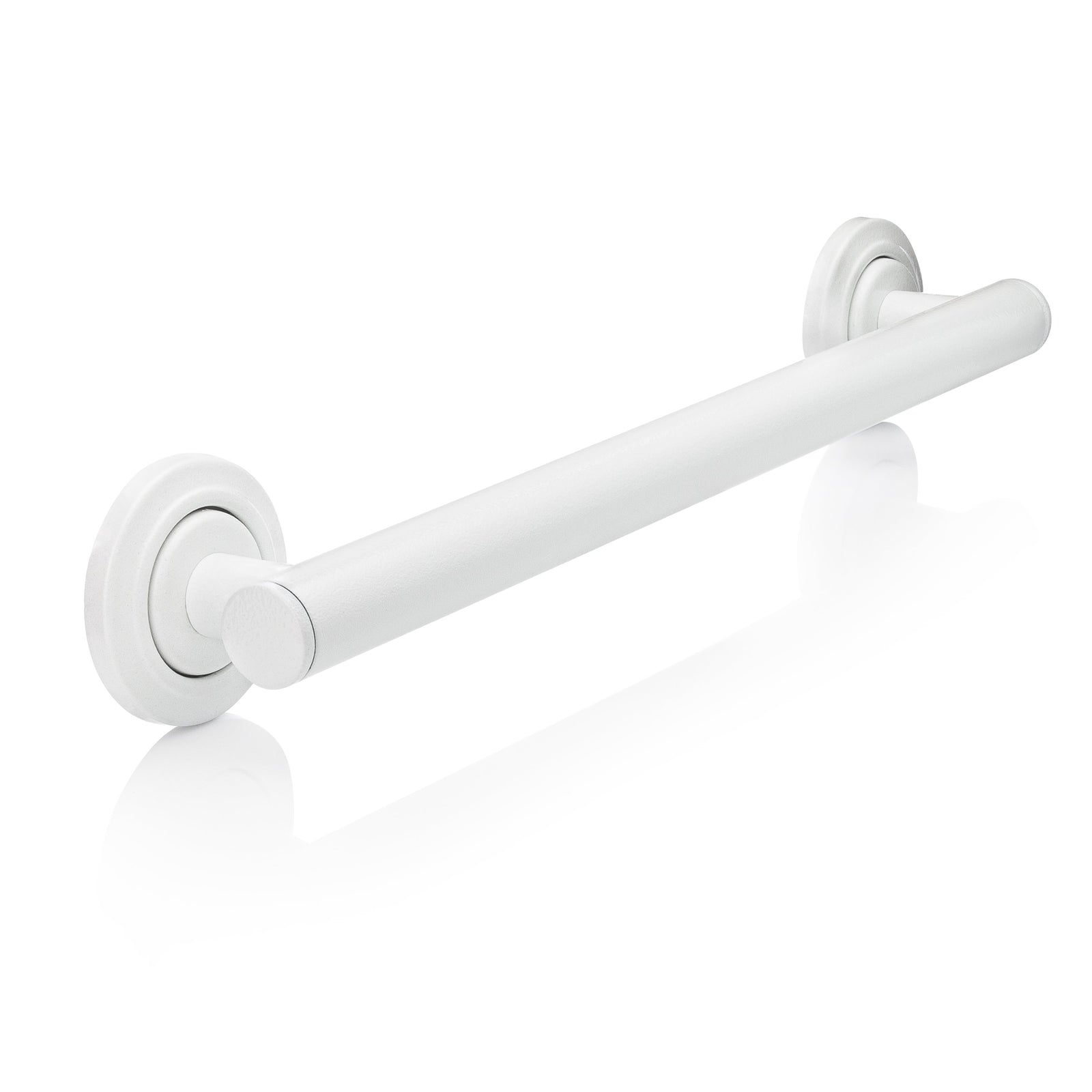
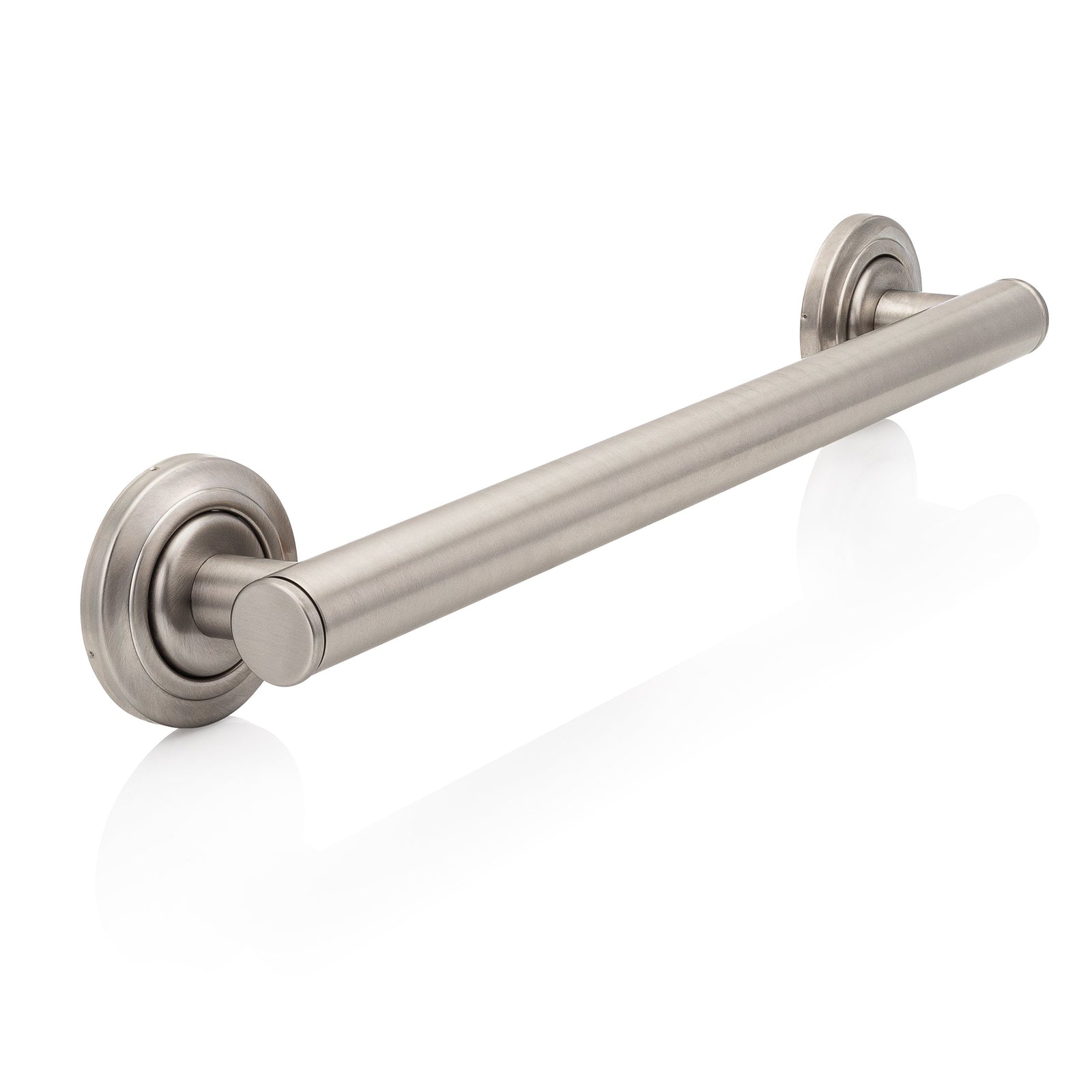
Linda Parkes
July 22, 2024
How do I find someone to install these? The shower installers won’t do it as they want to remodel your entire shower . I’m afraid if I hire a handyman he will break the shower tiles